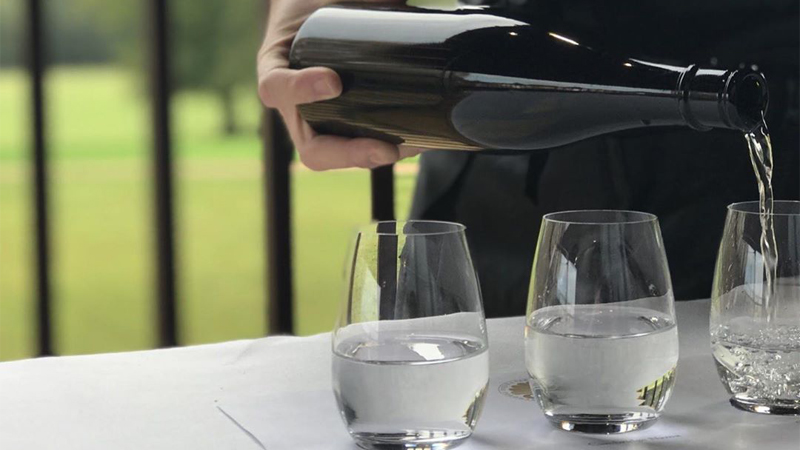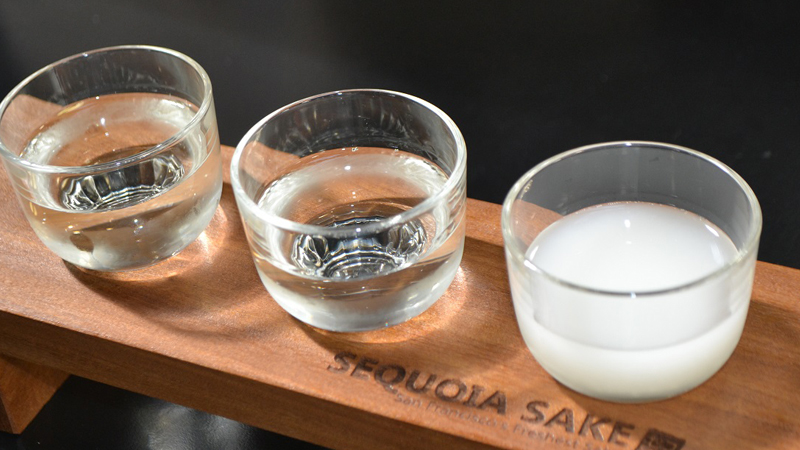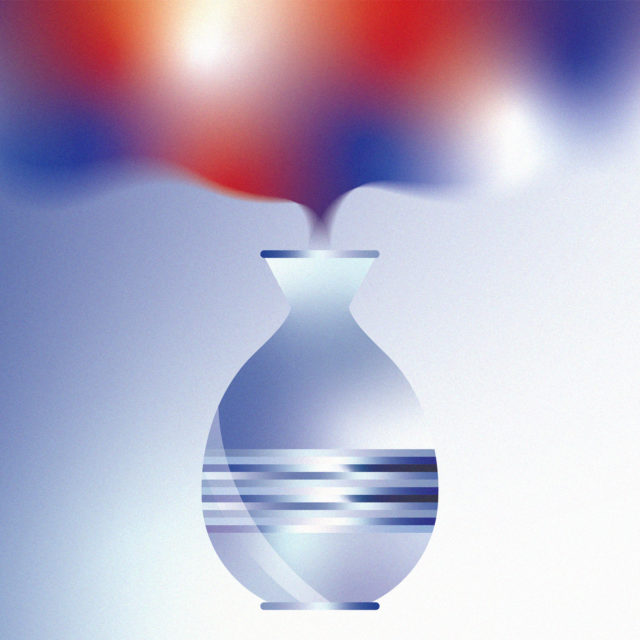Of all the great things that are available to drink nowadays, few are limited by geography. Craft IPAs and breakfast stouts currently appear in just about every corner of the globe, while surprisingly successful new wine regions keep sprouting up in places like India, China, and England. However, you can’t say the same thing for at least one beverage: Outside of Japan, rice-based sake faces real challenges, both in terms of production and consumer acceptance — though sometimes those challenges offer unexpected upsides.
“What I tell people when I try to explain what sake is all about, I tell them that it is the worst of all worlds,” says Tim Klatt, a co-founder of Texas Saké in Austin. “In the U.S., I think sake has a bit of an identity crisis. At the federal level we’re licensed like a brewery, at the state level we’re licensed as a winery, and people think that we’re some kind of distilled spirit. No one knows what to do with sake.”
And yet around the globe, a new generation of sake brewers — and drinkers — is enjoying a small resurgence of the traditional Japanese rice drink. In the U.K., Dojima Sake Brewery started production at historic Fordham Abbey near Cambridge in 2018. In France, sake production at Les Larmes du Levant began in mid-2017. In Berlin, Go Sake started importing its own sake from Japan in 2017. At just six years of age, San Francisco’s Sequoia Sake ranks as an elder statesman in the new-school sake crowd.
Despite growing interest, sake’s challenges start with a lack of awareness among consumers about what sake is, a fermented rice beverage that traditionally contains about 15 percent alcohol.

At the specialty shop Sake Kontor in Berlin, owner Susanne Rost-Aoki says she has been working on consumer education since she started importing sake from Japan back in 2004. “The majority in Germany does not know much about sake. The average [person] thinks it is a [distilled] spirit and that it has to be drunk hot from a small glass,” Rost-Aoki says. “And many people in Germany do not know that it is from Japan — they just think it is somehow ‘from Asia.’” Knowledge about the drink seems to have increased substantially in the last five years or so, she notes.
While consumer awareness has limited the appreciation for sake in the West, production outside Japan faces its own set of hardships. Not just any rice is suitable for sake brewing. Sake rice is generally much larger in size than regular rice, with less protein and fewer lipids than the common cooking cultivars. Additionally, it is usually polished to a very high degree. For many new-school sake producers, that might mean shipping their main ingredient from thousands of miles away.
“Sake producers in Europe need to import sake rice from Japan,” Rost-Aoki says. “There is no adequate quality rice in Europe for sake purposes. And rice that is imported from Japan is very expensive.”
In addition to the proper rice, sake producers in the West can’t easily find the vats and presses they need. “In terms of production challenges, we don’t have really great access to all the professional sake brewing equipment,” says Texas Saké’s Klatt. “All of that is produced in Japan, with zero English-language brochures or information. It’s very expensive. There’s a pretty significant barrier to sourcing sake equipment.”
While the lack of a sake tradition in the U.S. and Europe can make production difficult, that reality can free up brewers to experiment, allowing them to create drinks of atypical strength and flavor. In 2018, Oregon’s Saké One starting offering Moonstone, a junmai (or “pure rice”) sake infused with natural flavors, including cucumber-mint, Asian pear, and coconut-lemongrass versions. In Virginia, North American Sake Brewery is producing jalapeño-mango and lemon-mint sakes.

At Texas Saké, oak-aged sake of 14 percent alcohol shares the stage with carbonated, fruit-flavored sakes, which have the strength of a typical craft beer. “People would come into our taproom and just kinda get wasted,” Klatt explains. “It’s high-grade stuff and you don’t realize how quickly it’s going down. So I went to our brewmaster and asked him to get me something that’s 6 percent and fruit-infused, so people aren’t just going to get sloshed on it. It comes right off the draft wall. It’s sparkling. People love it.”
A bubbly, blood-orange-infused junmai might sound like a horror story to drinkers who prefer the elegant, even austere flavors of a traditional sake. However, those unorthodox combinations seem to be working. This month, Texas Saké is opening a large new taproom in Austin, with Klatt noting that the brewery hopes to quadruple its production from its current level of around 4,000 cases per year.
“When we took over the sake company in 2014, I told my brother and my business partner, ‘Someday sake is going to have its day, and we’re going to be in a great position,’” Klatt says. “I think 2020 is going to be awesome.”
This story is a part of VP Pro, our free platform and newsletter for drinks industry professionals, covering wine, beer, liquor, and beyond. Sign up for VP Pro now!
